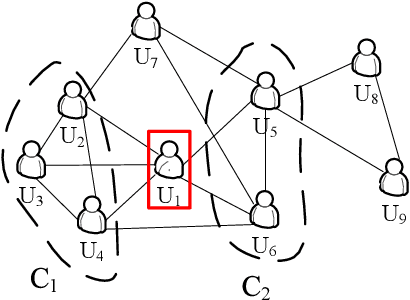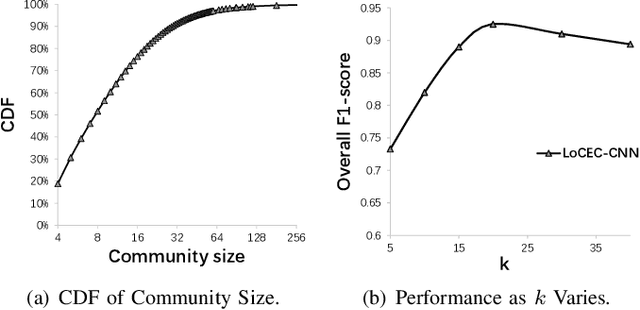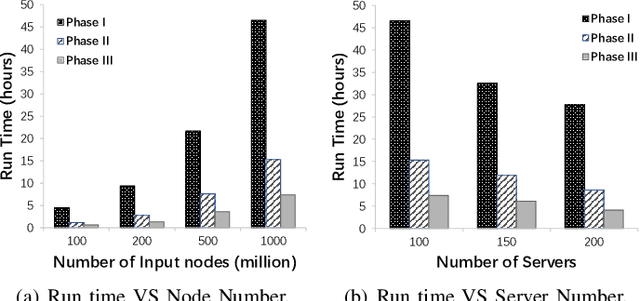Hongzhao Chen
Structure-Aware Contrastive Learning with Fine-Grained Binding Representations for Drug Discovery
Sep 18, 2025Abstract:Accurate identification of drug-target interactions (DTI) remains a central challenge in computational pharmacology, where sequence-based methods offer scalability. This work introduces a sequence-based drug-target interaction framework that integrates structural priors into protein representations while maintaining high-throughput screening capability. Evaluated across multiple benchmarks, the model achieves state-of-the-art performance on Human and BioSNAP datasets and remains competitive on BindingDB. In virtual screening tasks, it surpasses prior methods on LIT-PCBA, yielding substantial gains in AUROC and BEDROC. Ablation studies confirm the critical role of learned aggregation, bilinear attention, and contrastive alignment in enhancing predictive robustness. Embedding visualizations reveal improved spatial correspondence with known binding pockets and highlight interpretable attention patterns over ligand-residue contacts. These results validate the framework's utility for scalable and structure-aware DTI prediction.
LoCEC: Local Community-based Edge Classification in Large Online Social Networks
Feb 11, 2020



Abstract:Relationships in online social networks often imply social connections in the real world. An accurate understanding of relationship types benefits many applications, e.g. social advertising and recommendation. Some recent attempts have been proposed to classify user relationships into predefined types with the help of pre-labeled relationships or abundant interaction features on relationships. Unfortunately, both relationship feature data and label data are very sparse in real social platforms like WeChat, rendering existing methods inapplicable. In this paper, we present an in-depth analysis of WeChat relationships to identify the major challenges for the relationship classification task. To tackle the challenges, we propose a Local Community-based Edge Classification (LoCEC) framework that classifies user relationships in a social network into real-world social connection types. LoCEC enforces a three-phase processing, namely local community detection, community classification and relationship classification, to address the sparsity issue of relationship features and relationship labels. Moreover, LoCEC is designed to handle large-scale networks by allowing parallel and distributed processing. We conduct extensive experiments on the real-world WeChat network with hundreds of billions of edges to validate the effectiveness and efficiency of LoCEC.
 Add to Chrome
Add to Chrome Add to Firefox
Add to Firefox Add to Edge
Add to Edge